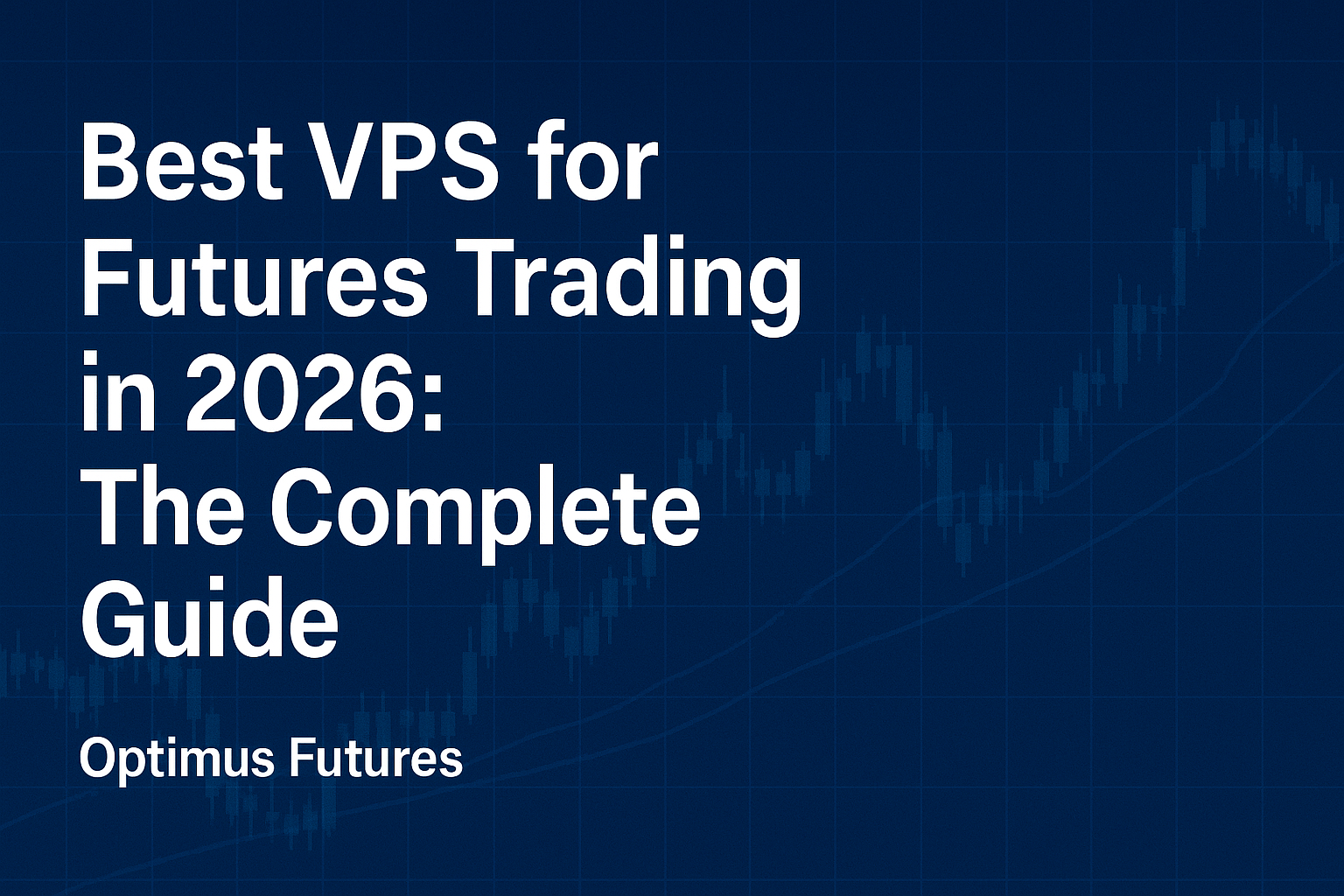An investor looking to diversify their portfolio may quickly become overwhelmed with the virtually limitless number of investment opportunities available to them. Simply narrowing down these options can prove to be quite time-consuming, and impatient investors usually end up quickly filtering out different investments based on the overall return. However, the truth is that overall returns represent only a fraction of the entire story, and taking the time to look beneath the surface of a CTA, automated system, or even a self-developed discretionary system can unearth risks that may have not been prevalent when searching based on the end result. No matter what option is chosen, it is important to note there is more than just a financial impact— there is also a deep psychological impact that can affect an investor in their day-to-day life. Let’s take a look at some different variables to keep in mind:
• What type of strategy is it, and what type of risk does the strategy assume? Even strategies that have similar returns do not necessarily have the same risk profile. One key advantage in dealing with risk is understanding what type of risk a strategy is assuming. For example, Futures instruments can be exposed to directional risk, whereas Options may be more prone to risk in regards to volatility. With that in mind, each trader perceives risk in a different manner, and what one trader may consider risk, another trader might consider a valid, sustainable trading system. Practical, and in-depth knowledge of a strategy can provide psychological comfort when it comes to real-time trading. Choosing a strategy with risk in mind as opposed to simply looking at net return can assist a trader’s overall outlook on strategy viability.
• Drawdown. Drawdowns are the ‘D” word that no one likes to think about. Drawdowns are losing periods that every Futures investment will go through at one point or another. A drawdown is typically quoted as a percentage between the peak and trough of a strategy’s returns. The mental impact on an investor during a drawdown can be significant, and will often determine whether a trader will adhere to a specific system or pull the plug. A glimpse at historical drawdowns should give a trader an idea of what to expect- however, keep in mind that real life trading always has the possibility of exceeding historical drawdowns. Nevertheless, gathering as much data as possible before trading live is always a good idea.
• Recovery Time of a Drawdown. It is not necessarily enough to look at the pure percentage of a drawdown, but it is also key to look at the time it takes to recover from a drawdown. Isn’t it Murphy’s Law that the minute you enter a trade it goes against you? Likely not! There are always logical, statistical explanations. Many bandwagon investors choose to invest after prolonged winning periods. In my experience, it is actually more beneficial to invest during prolonged drawdowns, but the reality is that the majority of traders will never find themselves comfortable in doing so. The point to remember here is that it is not just the size of the drawdown it is also the time in which it takes to bounce back from these periods. A strategy, while it may match the desired risk profile, and have adequate returns, may show historically that recovery times do not match the desired patience tolerance for continuing its positive ascent.
• Length of Track Record. Just as we considered the time value of drawdown recovery, another key area to look at is the total strategy history. Consider looking at a period of several years or more. A history of three years should encounter varied market volatility, or lack of market volatility, and show performance over many types of market conditions. Some strategies can perform remarkably well in a specific, short date range, but are not broad enough to profit over the long-term.
• Margin Required. One of the biggest factors in the risk a strategy will assume is the amount of leverage a system requires to be profitable. Analyzing the amount of margin consistently used can provide insight into whether a strategy has the potential to lose the entire capital of the account before it climbs out of a drawdown. Since using a high amount of margin can be a double-edged sword, profits can be generated quickly, but in many cases losses are more quickly incurred, leaving a strategy no remaining capital when market conditions return to favorable.
These are just a few components that can help provide a more in-depth look into how a strategy can react during today’s rapidly changing market behavior. While many strategies can look attractive when only considering net return, many more strategies are proven to be more risky than meets the eye when examining them on a deeper statistical level.
THERE IS A SUBSTANTIAL RISK OF LOSS IN FUTURES TRADING. PAST PERFORMANCE IS NOT NECESSARILY INDICATIVE OF FUTURE RESULTS. YOU SHOULD THEREFORE CAREFULLY CONSIDER WHETHER SUCH TRADING IS SUITABLE FOR YOU IN LIGHT OF YOUR FINANCIAL CONDITION.
VFM 29678



